Most people have a sibling — in fact, children in the U.S. today are more likely to grow up with a brother or sister than with a father. While a lot of social scientists research the impact of schools and parenting, little attention is given to a relationship that might be even more consequential. To understand just how important our relationship with our siblings are, let’s remind ourselves of the tragic story of the two most famous brothers in Western history.
“I’ve never felt more called out than in this video 🥲 I’m glad I grew out of the hate and started caring and appreciating my younger sibling now.”
-Giddel Velasquez
Introduction
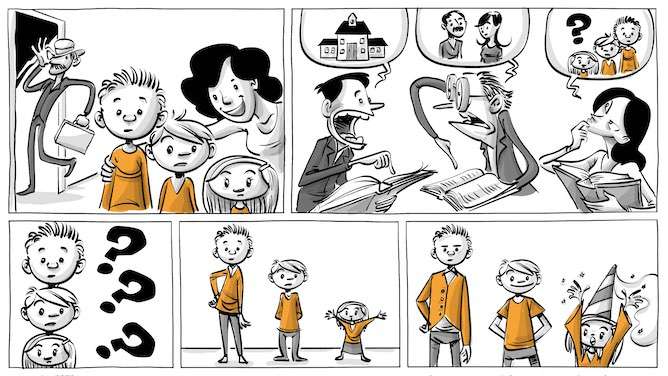
Most people have a sibling – in fact, children in the U.S. today are more likely to grow up with a brother or sister than with a father. Now, while a lot of social scientists research the impact of schools and parenting, little attention is given to a relationship that might be even more consequential.
So what do we know about siblings, birth order and why children from one family grow up to have very different personalities?Let’s start with our analysis of the tragic story of the two most famous brothers in Western history.
The first famous brothers

Once upon a time there was a boy named Cain who received all the love and attention from both of his parents. Growing up, the boy knew only one world and he himself was at its center. Everyone around him cared only for him and nothing else. All that changed when his mother gave birth to Abel.
Cain should have understood that his parents’ attention now had to be divided between him and his brother. This was a revelation he wasn’t able to accept and he became increasingly jealous and sometimes even violent against his little brother.
Cain, as the first born, naturally looked up to his father as his role model. Following convention, the father himself raised the boy with certain expectations. It was therefore especially painful for Cain to see that his father now cared so much for his younger brother.
Abel, naturally, looked up to his brother for guidance. Things were not easy for him either, but unlike Cain, Abel knew no different.
As the boys grew up, Cain gained a strong sense of responsibility and, following tradition, took over the family farm. Abel, who was free from any obligation, chose to become a shepherd. Cain envied his younger brother’s autonomy, because life as a farmer became increasingly difficult.
And on the day the brothers were to make a gift to their father, Cain only brought a few bundles of dry grass. Abel, who did well for himself, brought an entire lamb. When the father thanked Abel for his generosity, Cain felt a deep shame. Overnight his shame turned to hatred of monstrous proportions and the next day he killed his own brother.
adler’s theory
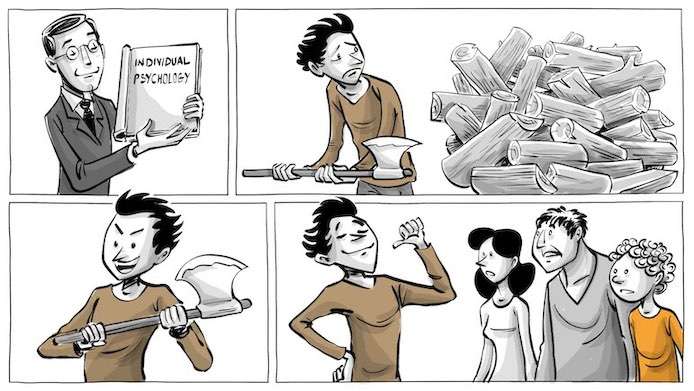
The first big contribution to the field of sibling research came from the Austrian psychiatrist Alfred Adler, and his theory of individual psychology. Adler believed that the main motive of human behavior is our desire for power, partly in compensation for our feeling of inferiority. Hence, sibling dynamics play a central role in family life and personality development as we grow up.
Adler argued that children who grow up in the same family experience the family differently. In particular, sibling rivalry over family resources influences the development of personality. As a means of reducing competition, siblings differentiate, develop different qualities and choose different interests. When siblings don’t find their niches, their relationship can suffer.
The Kellogg brothers hated each other, and fought in court over who invented Corn Flakes. The Dasslers competed in business; after one started Adidas, the other founded Puma. But many siblings love each other more than anything.
So what do we know about siblings in general? Here 6 things science suggests to be true:
6 facts of siblings dynamics
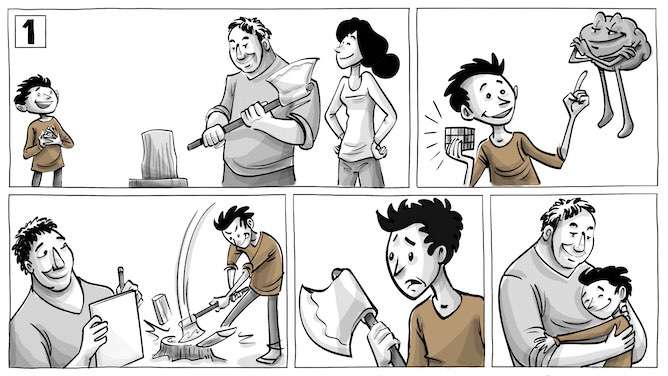
First born and single children look up to their father or mother as role models. The gap in mental and physical development between them and their parents may be the reason that they have, on average, a higher IQ. Parents tend to give their first born more attention and often set higher expectations. If they can’t live up to those expectations, they may feel inferior, but on average, they seem to benefit from their position.
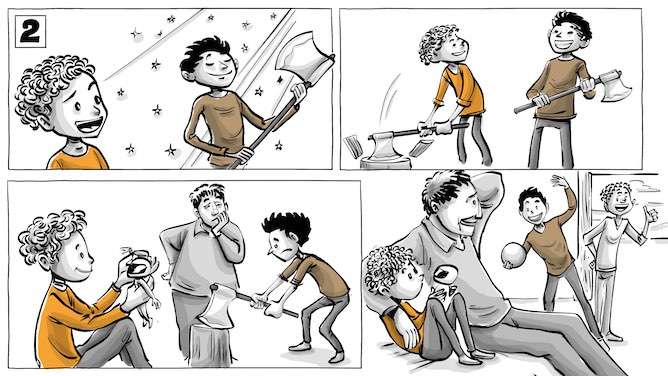
Younger siblings model their development after their big brothers or sisters. They have a smaller developmental gap to overcome. They may also feel that they have less to prove, but as a result of a lack of parental attention they develop social anxiety more often.
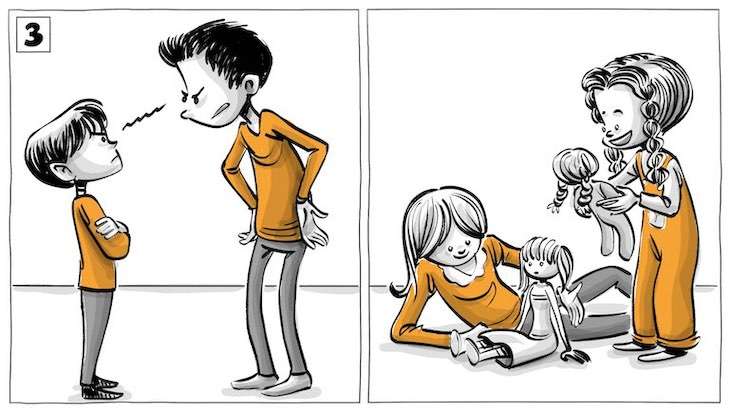
On average, Relationships between brothers are more conflicted. Relationships between sisters are more intimate.
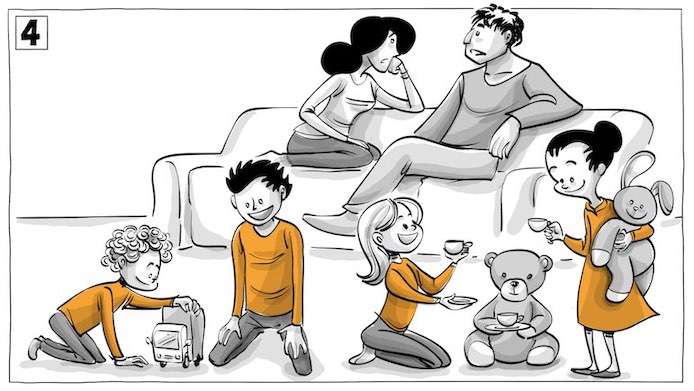
Siblings spend more time together than they spend with their parents — younger siblings even twice as much.

Children with siblings are physically more active and less often obese. They are often happier too. Some studies suggest that they develop social skills faster than children from only-child families, but the research isn’t conclusive.
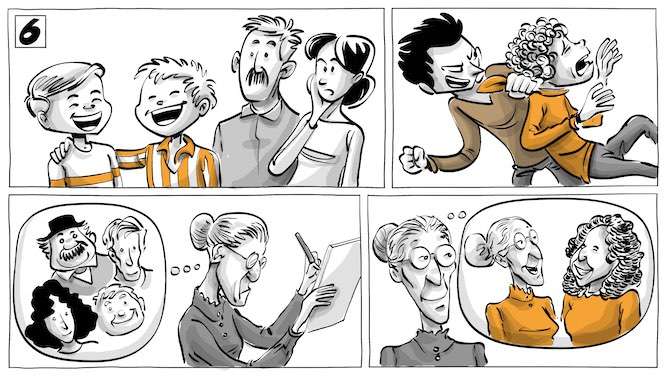
Sibling attachment seems to be a strong predictor of well-being — sometimes more important than paternal attachment. This also means that if one is bullying the other, it can affect them for life.
One Swedish study of people aged 80 years found that while closeness to friends did little for total life satisfaction, feeling close with a sibling did a lot.
adler’s advice

For those of you struggling with a difficult sibling, Adler had the following advice: “A simple rule in dealing with those who are hard to get along with is to remember that this person is striving to assert his superiority; and you must deal with him from that point of view.”
Sources
- Individual psychology, Alfred Adler – Wikipedia
- Sibling influence on children’s objectively measured physical activity: a meta-analysis and systematic review
- Sibling relationship quality and psychopathology of children and adolescents: A meta-analysis
- Birth order – an overview based on big population data
- Parenting Programs to Improve Sibling Interactions: A Meta-Analysis
- A Swedish study of people over 80 years old
- The only child: A review.
- A systematic review and meta-analysis of the associations between interparental and sibling relationships: Positive or negative?
- Sibling conflict in middle childhood predicts children’s adjustment in early adolescence.
- The Relationship of Birth Order and Gender with Academic Standing and Substance Use Among Youth in Latin America.
- Only child syndrome: what experts say
- The Impact of Sibling Relationships on Later-Life Psychological and Subjective Well-Being
- The Third Rail of Family Systems: Sibling Relationships, Mental and Behavioral Health, and Preventive Intervention in Childhood and Adolescence
DIG DEEPER!
- If you have children who could use some help in learning to get along, consider participating in this educational program
- Adler’s research mostly resisted the test of time with modern science techniques showing that his theories were quite accurate. The main one being that order of birth impacts the most children’s personalities. This interacts also with gender. One huge limitation of adlerian theories was that he performed his research only on caucasian english and North American children which means that his research could not be generalized to other ethnicities and populations and cultures. However recent research is trying to do this and apparently although the effects are slightly different across cultures there is always a difference in behavior that is correlated with order of birth. Read more about Adler’s Research
CLASSROOM EXERCISE
Get your students to research famous people and find out what happened to their siblings. What were their lives like? And which one would your students rather be? How would your students feel if they had a famous sibling?

I loved this and want to know more on various topics and still deeper